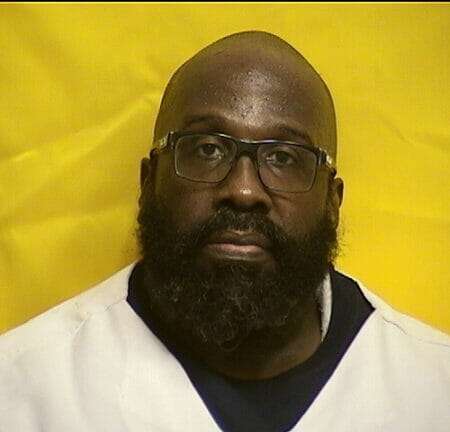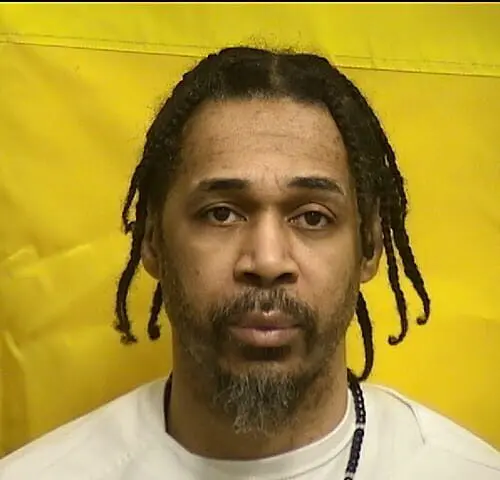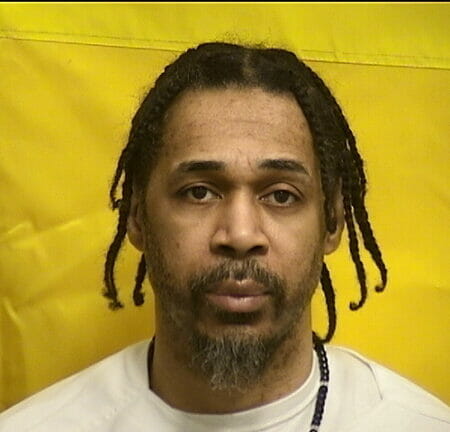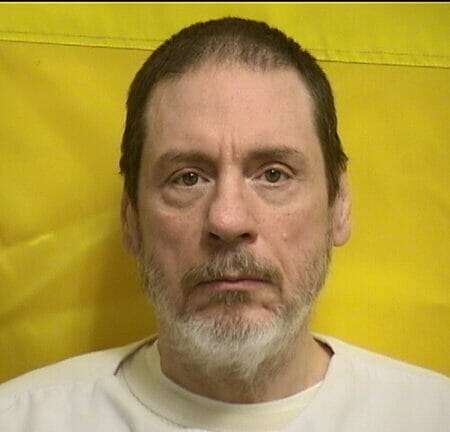
Quisi Bryan was sentenced to death by the State of Ohio for the murder of a police officer. According to court documents Quisi Bryan was pulled over on a traffic stop and when Officer Wayne Leon walked up to the vehicle he was fatally shot in the head. Quisi Bryan would be arrested, convicted and sentenced to death.
Quisi Bryan 2021 Information
Number A399595
DOB 10/02/1970
Gender Male Race Black
Admission Date 02/27/2001
Institution Chillicothe Correctional Institution
Status INCARCERATED
Quisi Bryan More News
Bryan supported himself selling drugs and “hitting licks” — robbing other drug sellers. State v. Bryan, 804 N.E.2d 433, 444, ¶ 8 (Ohio 2004). In 1995, Bryan was convicted of attempted robbery. Since being paroled in 1998, Bryan was indicted for theft and receiving stolen property. Arrest warrants were issued for him for parole violation.
In 2000, when Bryan’s vehicle was stopped at a gas station, police officer Wayne Leon pulled behind him. Both men got out of their cars. The officer looked at Bryan’s temporary tag, noticed it had been altered, and then took Bryan’s driver’s license so that he could run a police check on both Bryan and the car. When Leon radioed the police station, Bryan pulled his handgun from his coat and shot the officer in the face. Officer Leon died instantly. Bryan retrieved his driver’s license and fled in his car.
Other people were present at the gas station during this incident. In addition to the individuals at the station, Kenneth Niedhammer was waiting at the traffic light next to the gas station. Niedhammer owned a private security agency and was working that day. He did not see the shooting, but heard it. Then (as he would later testify) he saw the officer “lying in the gas station” — “very bloody,” “obviously an officer down” — and “at almost the same time” saw “a white Pontiac Grand Prix start to erratically leave the gas station almost running into people.”
Niedhammer activated his siren and flashing lights and gave chase. Twice, Bryan stopped his car, got out, and fired at Niedhammer. Both times Niedhammer returned fire. Eventually, Bryan lost control of his car and crashed.
Bryan fled on foot. At some point, Bryan threw his handgun into a dumpster. He eventually fled to Columbus where he was arrested that same day.
PROCEDURAL HISTORY
Later that year, the trial jury convicted Bryan of two counts of aggravated murder, two counts of attempted murder (of Niedhammer), the two firearm specifications attached to each of those four counts, and the four death-penalty specifications attached to each aggravated murder. The jury also convicted Bryan of one count of carrying a concealed weapon, one count of carrying a firearm while under disability (being a convicted felon), and one count of tampering with evidence (throwing the handgun into the dumpster).
In the penalty phase, the trial court, for each aggravated murder, merged the first two death specifications (murder of a police officer engaged in his duties and murder for the purpose of killing a police officer) into one (the “killing an officer” aggravator), leaving a total of three death specifications on each aggravated-murder count: 1) killing an officer, 2) escaping arrest, and 3) course of conduct. The jury recommended a death sentence. The trial court sentenced Bryan to death and 33 1/2 years.








